Cameras don’t have to be DSLR-sized to capture beautiful images. Many manufacturers sell advanced compacts that come in small point-and-shoot bodies but house larger, more advanced image sensors. However, that’s not the only form factor offering high image quality in a diminutive package. Compact mirrorless cameras with pancake lenses aren’t much larger, yet pack in a lot more features. Vlogging cameras, meanwhile, offer a slew of video features.
But as smartphone cameras continue to advance, why buy a compact camera in the first place? Advanced compact cameras and compact mirrorless cameras offer larger sensors, which translates into better image quality. Other compacts offer the zoom that phones simply can’t fit in. Video-focused options offer less shake and better audio. Waterproof cameras may not offer any boost in image quality but can go where a smartphone can’t.
A $200 point-and-shoot isn’t going to offer anything more than a smartphone — but the best compact cameras can produce better images and offer more zoom, or more durability. We’ve rounded up the top cameras small enough to fit in a pocket, purse, or backpack.
Best cameras for beginners: Photographer tested and reviewed
New to photography? The best beginner cameras can capture gorgeous photos and videos without costing a fortune.
Best compact camera overall
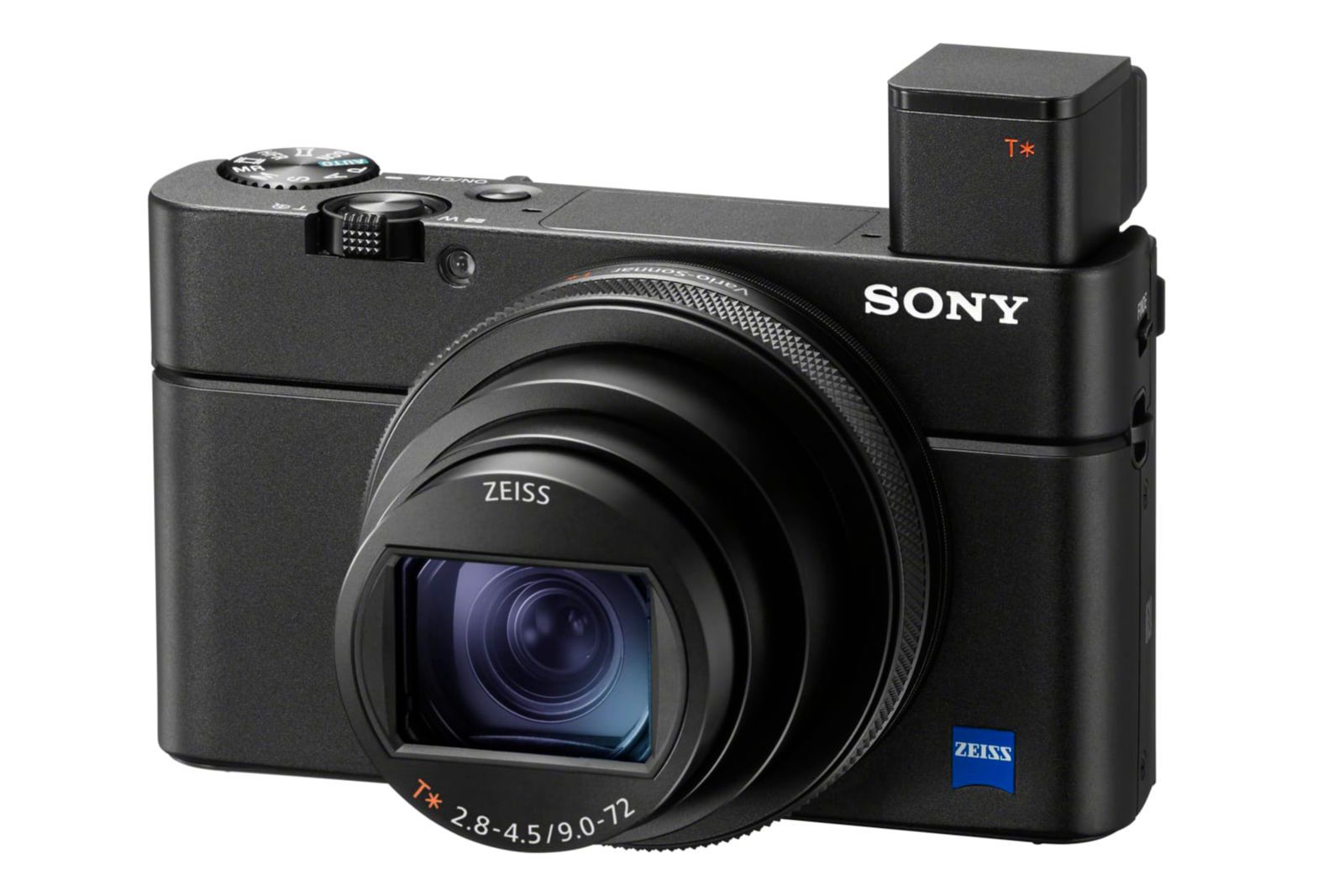
Sony RX100 VII
The do-it-all point-and-shoot
About as perfect as a small-scale, high-end compact camera can get, but you’ll pay a lot to own one.
- Wonderful image and video quality
- Great image stabilization
- Pop-up viewfinder
Sony’s RX100 series uses a larger one-inch sensor that delivers better images than the typical smartphone. Additionally, it offers better zoom capabilities, incredible video capture, and a comfortable design. The latest model follows the standards set by the Mark VI, which extended the lens further for greater versatility, and adds an advanced image processing engine and mic input to the package.
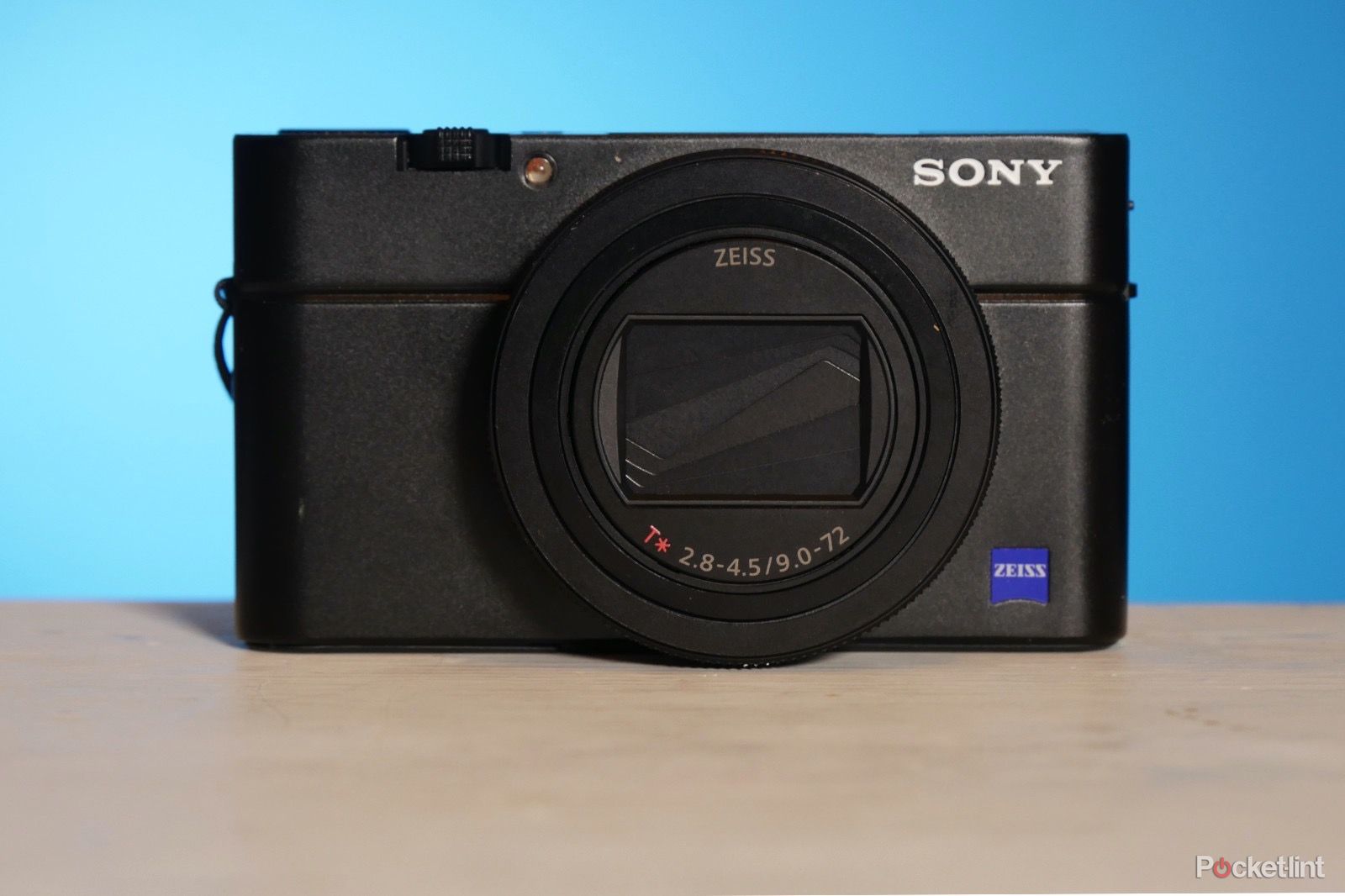
Sony RX100 VII: The compact king keeps its crown
Sony’s powerful, portable compact camera is a fantastic advertisement for the limping segment of the market.
It’s got a serious zoom on it, taking you from full-on wide-angle all the way to telescope mode. Video features are plentiful, and there’s even an option for up to 1,000fps slow-motion. The built-in stabilization is pretty good, too.
As ever with high-performance compacts, the battery life won’t blow you away, but we found it to be comparable to the competition.
However, you’ll need deep pockets to enjoy it — and not on account of its size, simply because the asking price typically hovers above the four-figure mark. If you’re willing to go a little larger, you can find better images at a lower price from a compact mirrorless.
Best compact camera for travel
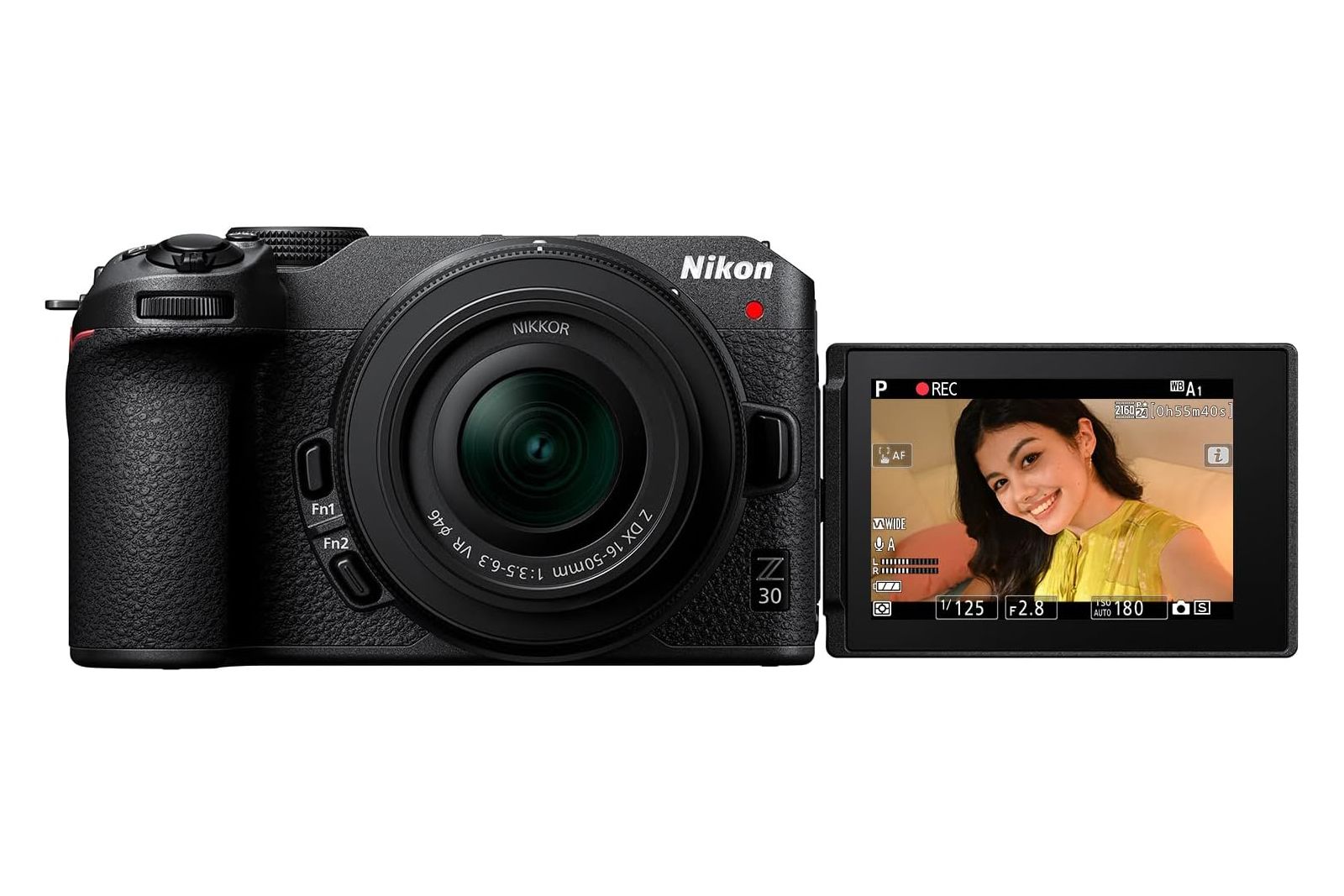
Nikon Z30
The perfect travel companion
$607 $718 Save $111
The Nikon Z30 is a compact yet capable mirrorless camera for vlogging.
- Compact, durable body
- APS-C sensor captures detailed photos and stills
- Affordable
- Slow autofocus
- 330-shot battery life
- No viewfinder
Compact cameras sit at a premium price point because they mix high image quality in a tiny body. However, if you’re willing to go bigger, you can capture even better images for less cash with a compact mirrorless camera and pancake kit lens. Nearly as small as a point-and-shoot, the Nikon Z30 is just 2.3-inches deep, with the kit lens only adding another inch to that. It’s not small enough for a pocket, but it can easily fit in a bag or purse.
The Nikon Z30 houses a 20-megapixel APS-C sensor — that’s a larger sensor than what’s in the Sony RX100 IV, despite the mirrorless kit costing a few hundred dollars less. The Z30 captures excellent images for the price point. Video sits as another highlight, with 4K 30p and several vlogging features built-in.
The Nikon Z30 delivers more quality than a point-and-shoot, yet even factoring in the kit lens, it’s not very big. As a budget-friendly option, it isn’t the best for action. The autofocus is a bit slow. The smaller design also doesn’t leave much room for a big battery or an electronic viewfinder.
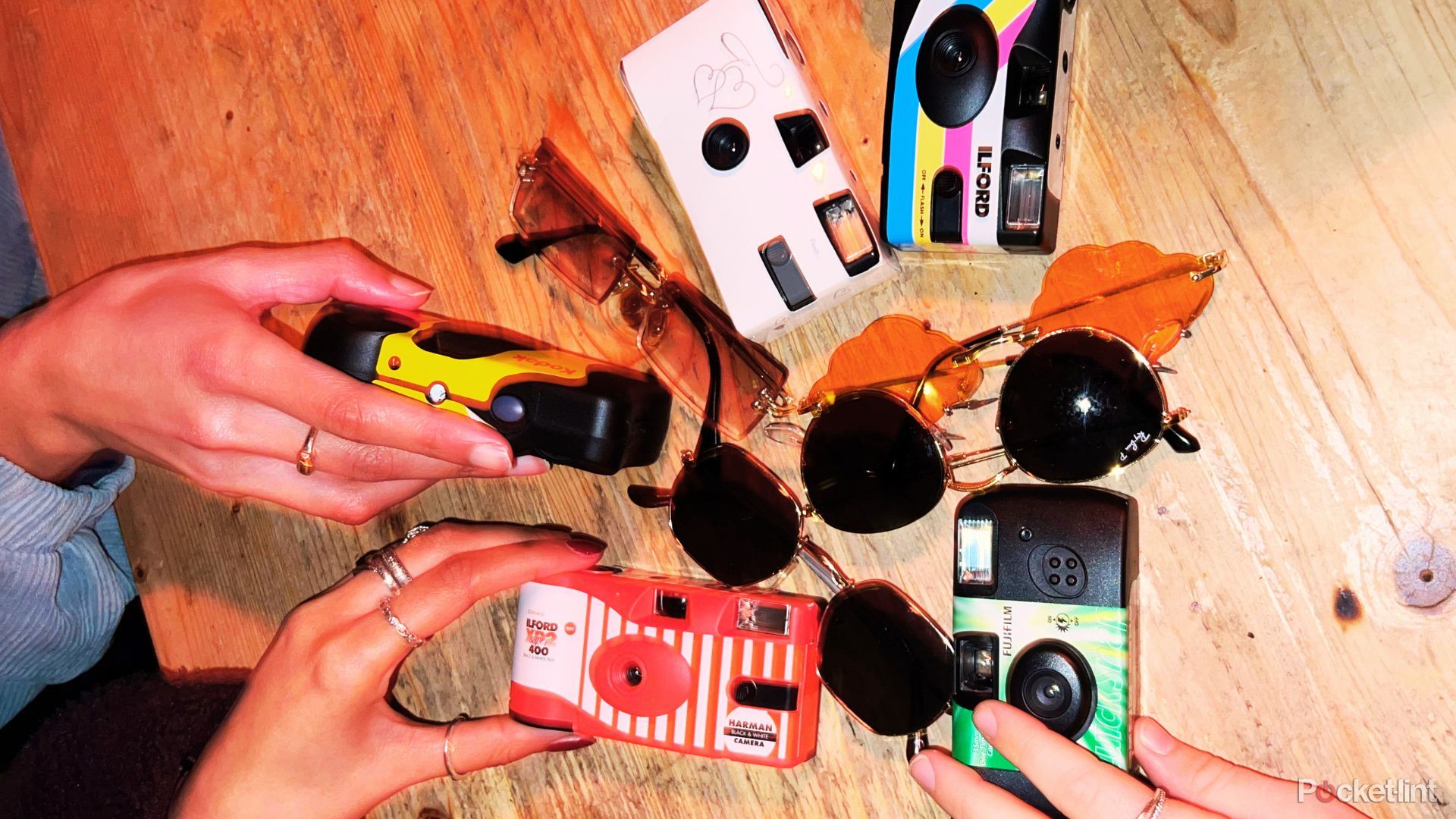
I tested the most popular disposable cameras on Amazon
Here’s how I rank the top 5 singe-use cameras for value and quality (and why film is making a comeback).
Best fixed-lens compact camera
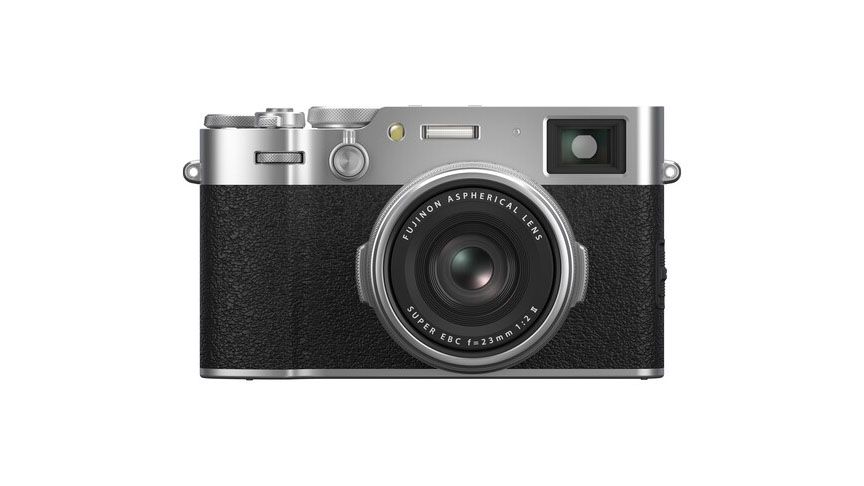
Fujifilm X100VI
A high-resolution compact with style
With a vintage-inspired body and a 40-megapixel X-Trans sensor, the Fujifilm X100VI is a stylish camera delivering colorful images.
- 40-megapixel sensor
- Lovely design and ergonomics
- Hybrid viewfinder
- Poor battery life
- No zoom
- Pricey
Photographers who prioritize ergonomics and colorful photos more than zoom or speed should consider the Fujifilm X100VI. While it doesn’t have the zoom or speed of the Sony RX100 VII, the X100VI makes up for it in style. Fujifilm’s latest is a classically-inspired camera with a lovely design and a great set of dials and controls.
Early reviews are promising, and we loved the predecessor, so the Fujifilm X100VI should be a hit among photographers looking for a compact camera that still snaps beautiful JPEGs.
With the same large APS-C sensor that’s in the Fujifilm X-H2 and X-H5, images look even lovelier than the exterior. Fujifilm is known for its color profiles and this compact camera is no exception. The built-in lens is a 23mm f2, which is equivalent to the classic 35mm focal length on a full-frame camera.
The downside is that the lens doesn’t offer any zoom. Battery life is also poor, plus there are faster autofocus systems out there for action. The camera’s weather sealing also doesn’t fully protect the lens without an add-on accessory. The X100VI’s launch was met with a lot of hype — which means it can be difficult to find in stock. Still, early reviews are promising, and we loved the predecessor, so the Fujifilm X100VI should be a hit among photographers looking for a compact camera that still snaps beautiful JPEGs.
Best compact camera with zoom
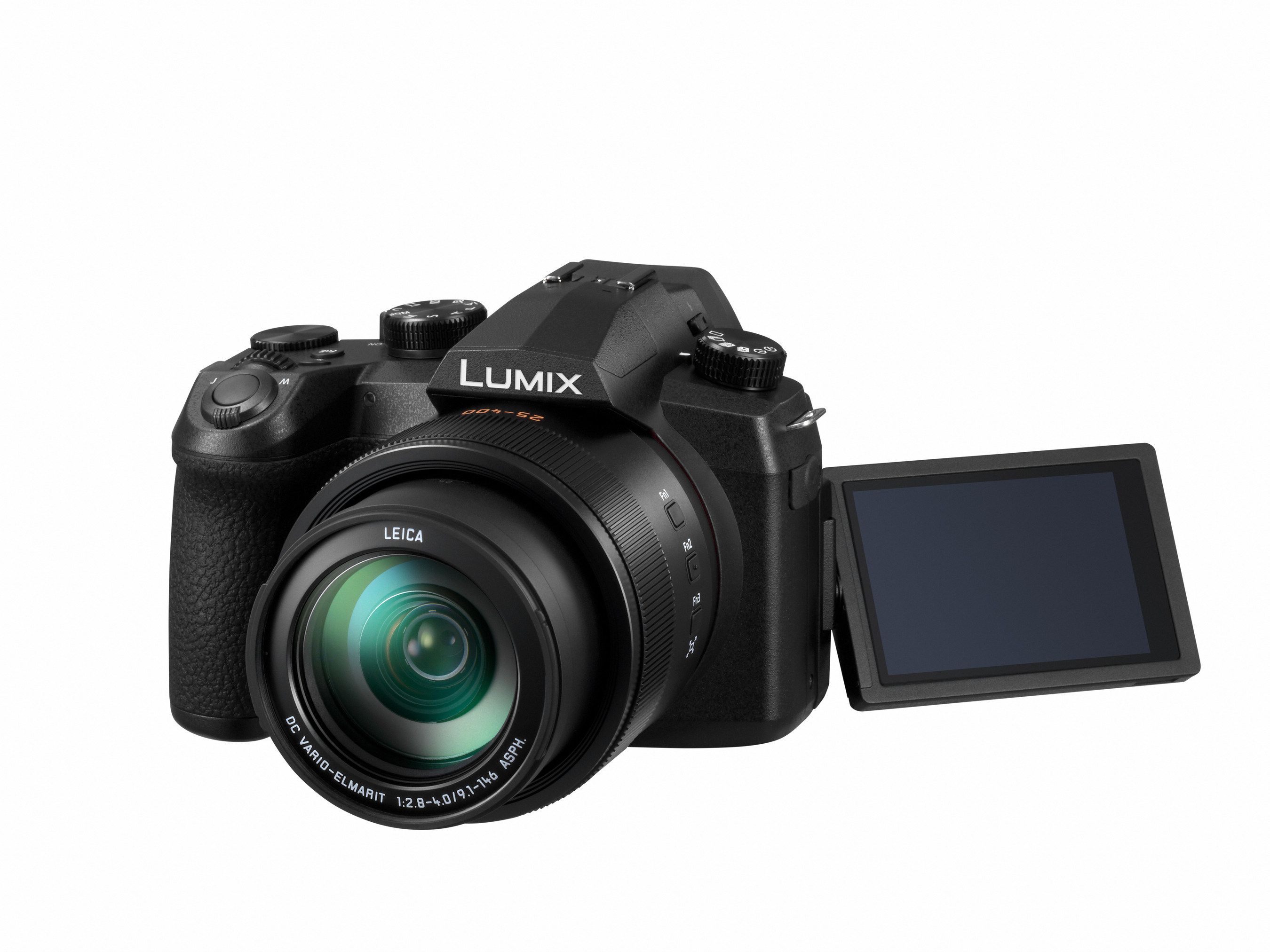
Panasonic FZ1000 Mark II
Small body, big lens
$748 $848 Save $100
The Panasonic FZ1000 Mark II is a compact camera that boasts a 16x zoom lens.
- 16x optical zoom
- Large one-inch sensor
- Decent autofocus
- Larger than some compact cameras
- No weather-sealing
One of the primary reasons for picking up a dedicated camera, even with the progressively increasing quality of smartphone cameras, is the amount of zoom you can get. The Panasonic FZ1000 Mark II boasts a 16x optical zoom along with a one-inch sensor. That combination results in solid images, even when capturing more distant subjects.
The Panasonic FZ1000 Mark II is a bridge camera, which means it’s a fixed-lens camera with a larger body. It’s compact enough to slip into a backpack and still has plenty of room for other things, but you’d be hard-pressed to find pockets big enough for this camera. Still, the 16x zoom camera is smaller than mirrorless lenses with that same reach.
However, the FZ1000 Mark II isn’t weather-sealed, so you can’t take it out in the wind or in blowing sand. Bridge cameras tend to receive less attention than mirrorless cameras and the FZ1000 Mark II is starting to show its age a bit as a 2019 release.
Best compact camera for vlogging
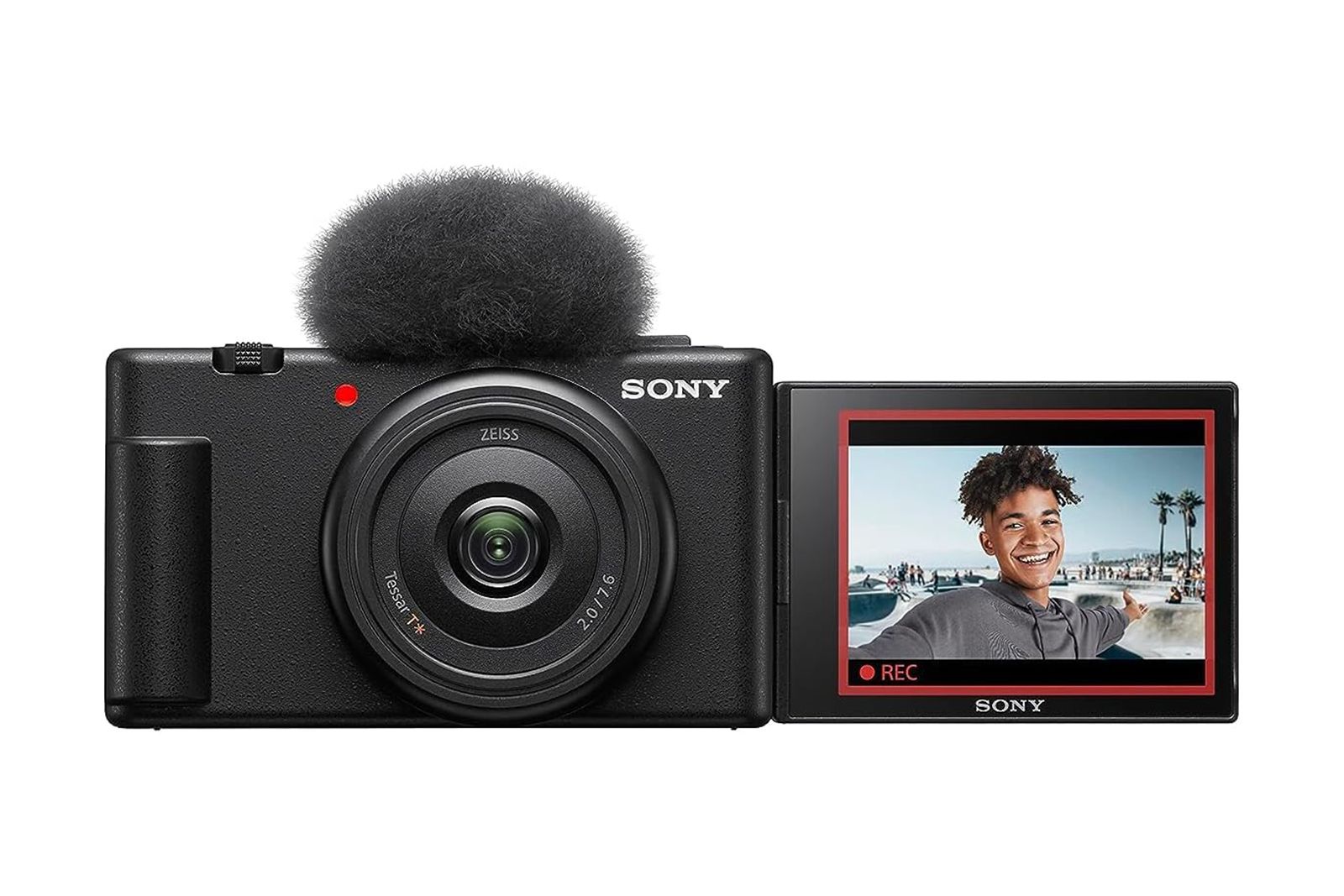
Sony ZV-1 II
A vlogging powerhouse
Sony’s second-generation compact vlogging camera offers superb video specifications at a relatively accessible price point. It’s pretty great at taking photos, too.
- New, wider lens
- Excellent three-capsule microphone
- The best autofocus in the business
- Pricier than its predecessor
- No optical image stabilization
The latest iteration of Sony’s popular compact vlogging-focused camera brings with it the number one thing that people were asking for — a wider lens. It also inherits a more capable microphone and new autofocus features from the other cameras in Sony’s ZV lineup.
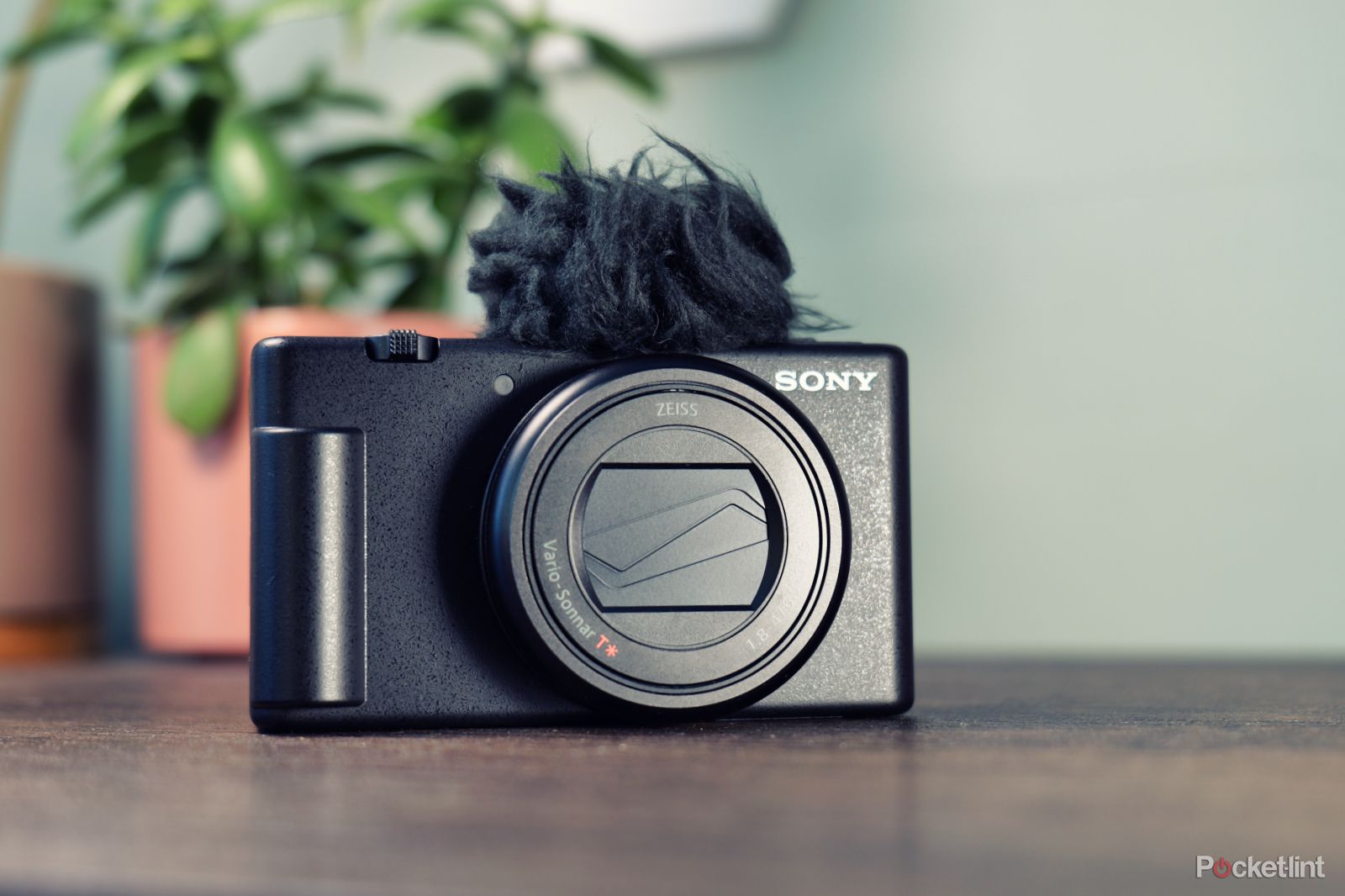
Sony ZV-1 II: Better in some ways, worse in others
Sony’s popular compact vlogging camera gets a refresh, which includes a much-needed wider lens – but not all the changes are for the better.
One of the biggest improvements, from an ease-of-use standpoint, is the new touch-centric user interface. It’s now much easier to access the camera’s many features simply by tapping on-screen icons and the menus are much easier to navigate, too.
It’s not all good news though. The ZV-1 II loses optical image stabilization and its slow motion recording doesn’t go as slow as the original ZV-1. You can’t zoom in as far, either. Overall, we’d say it’s the better camera, but if the original fits your needs better, it’s still available to buy at retail.
Best compact camera for video
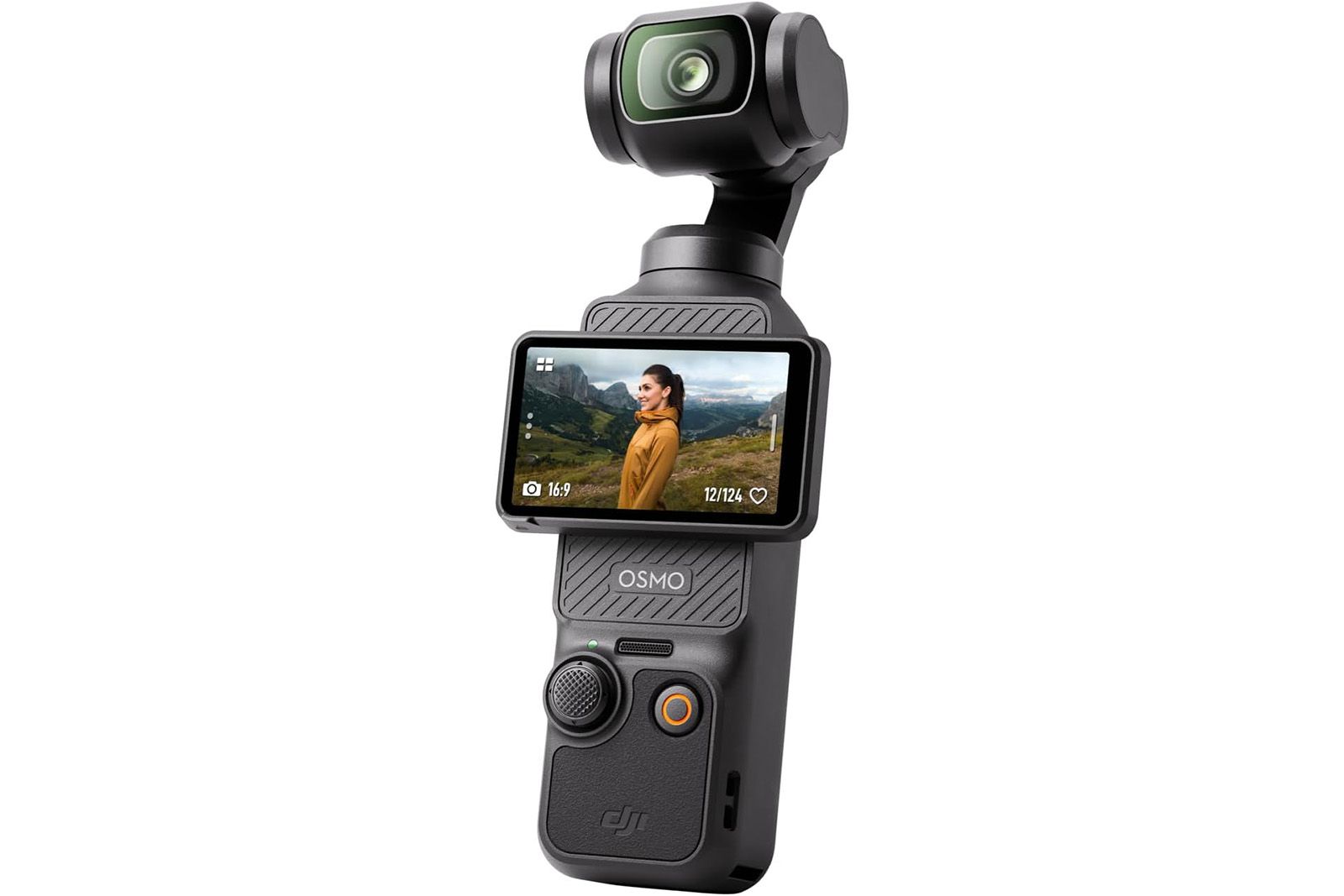
DJI Osmo Pocket 3
A Steadicam for any occasion
As a camera and gimbal combo, the DJI Osmo Pocket 3 is a compact device that delivers stellar, steady videos.
- One-inch sensor
- Built-in gimbal
- Great touchscreen
- Less durable than a GoPro
- Pricier than earlier models
The DJI Osmo Pocket 3 merges a compact camera with a handheld gimbal. The result is a camera that makes it easy for beginners to get stellar, steady videos. The one-inch sensor also delivers better low-light video quality compared to a GoPro.
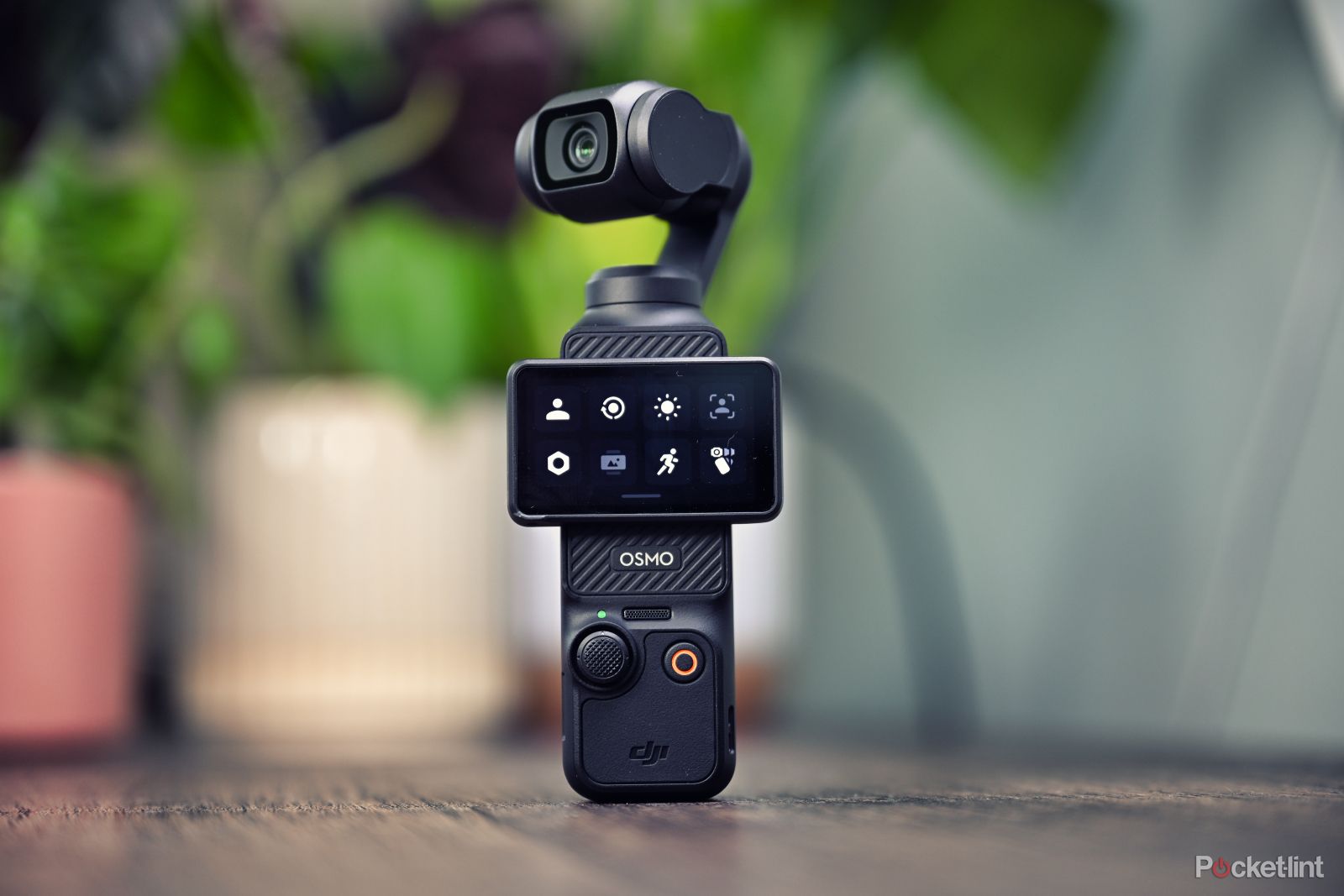
DJI Osmo Pocket 3: I’d take it over a vlogging camera any day
DJI’s miniature gimbal camera makes a triumphant return in 2023, this time packing a 1-inch sensor and a much larger display.
The Pocket 3 is packed with unique features made possible by integrating a gimbal into the tiny camera. For example, the camera can follow the subject, keeping it at the center of the video. A two-inch touchscreen mounted on the handle of the gimbal also makes the Pocket 3 easy to use, even for beginners.
The downside, however, is that the Pocket 3 isn’t really going to improve the photo quality from a smartphone. This one is all about video, and it shows when trying out the photo mode.
Best waterproof compact camera

OM System TG-7 Underwater Camera
Rough and tumble with high quality
The OM System TG-7 is a tough camera that can go where you can’t bring your smartphone
- Durable build
- Excellent macro mode
- Bright f2.0 – f4.9 lens
- Most images are smartphone quality
- Pricey
If you want a stills-focused camera that you can take where you can’t take your smartphone, the OM System TG-7 is an excellent choice. The TG-7 has a brighter lens than most waterproof compacts. Plus, it has a really incredible macro mode for excellent close-up capability.
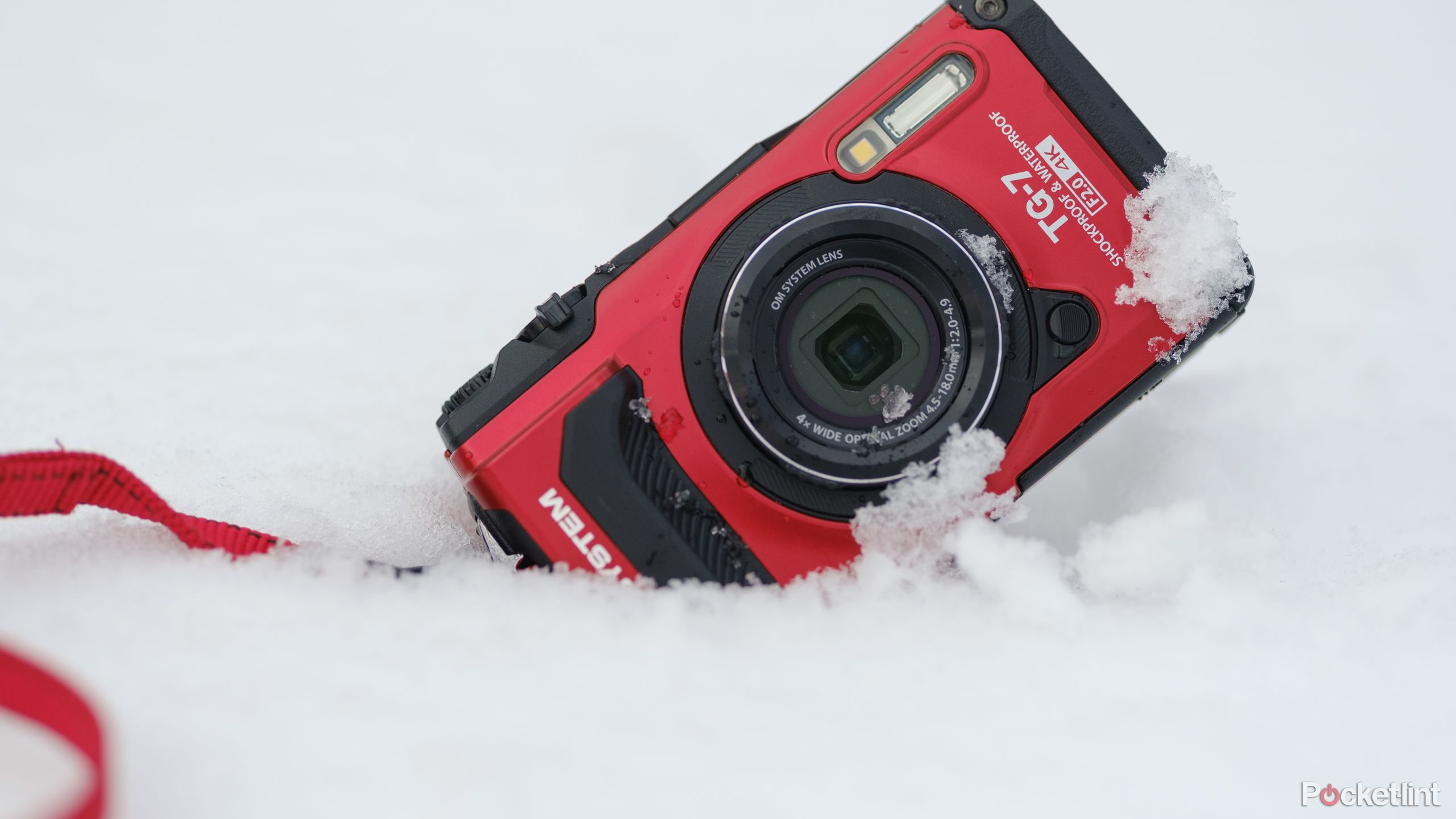
OM System TG-7: This tiny camera can go where phones can’t
Waterproof and drop-proof, is the OM System TG-7 the ideal camera for adventurers?
The real reason to buy the OM System TG-7 is durability, however. The compact camera is waterproof down to 50 feet. Plus, it’s also rated to withstand 6.9-foot drops. The TG-7 can go where your smartphone can’t, but the camera doesn’t offer a boost in image quality over a good smartphone camera. While macro images are better than an iPhone 15, low-light images are grainy and outdoor shots are comparable to smartphone quality. It’s also pricier than competitors.
Best budget compact camera

GoPro Hero 12 Black
The ultimate action camera
$349 $399 Save $50
With excellent video and stabilization, the GoPro Hero 12 Black action camera is more affordable than many other compacts.
- Great video quality
- Excellent stabilization
- Easy to use touchscreen
- Action design isn’t as ergonomic for handled use
- No GPS
- Lacks zoom
GoPro’s Black line typically isn’t associated with being budget-friendly, but the action camera costs less than the other compact cameras on this list. The durable action camera fit in a pocket and the popularity of the GoPro series also means there’s no shortage of accessories.
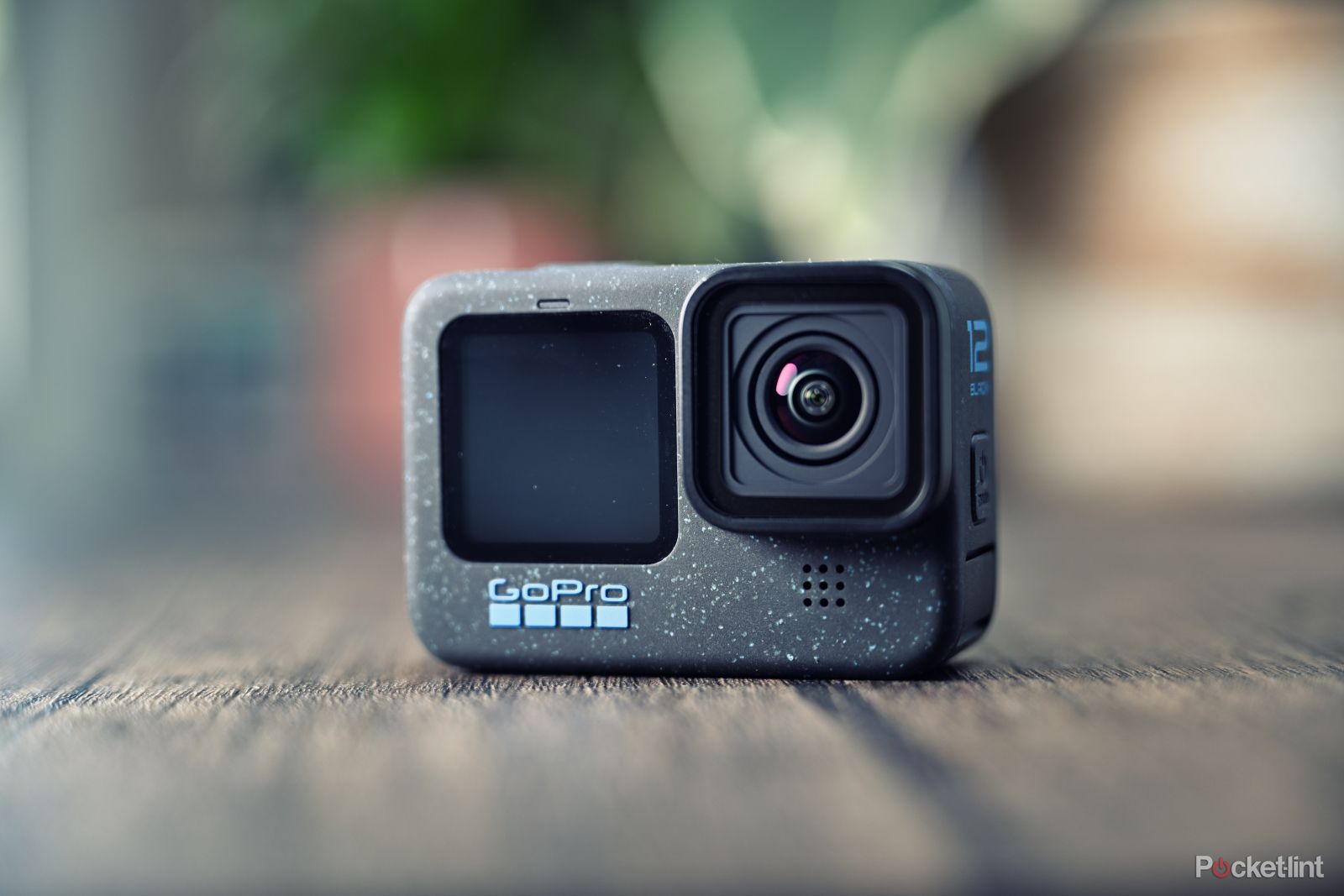
GoPro Hero 12 Black: The best GoPro yet, but only just
The latest GoPro flagship is a subtle update, has the brand done enough to make it worthwhile?
The GoPro Hero 12 Black won’t get you the one-inch sensor of some of the other compact cameras. However, it does offer excellent, stabilized 5.6K videos. The action camera design also keeps nearly everything in focus, whereas a typical budget camera will struggle to keep up with the fastest action. The downside to choosing a GoPro instead of a point-and-shoot is that the design is meant to be mounted, not handheld. Dedicated cameras are a bit more ergonomic if you don’t plan on mounting the camera. Still, the excellent video quality, durable design, and $400 price point make it a compact option worth considering.
The bottom line: the best compact camera
The best compact camera depends entirely on what you plan to use it on. Do you want a camera that has better images than your smartphone? Or do you want more zoom or durability than a smartphone? Do you plan to shoot more stills, or more videos? The Sony RX100 VII offers the most features in the smallest body, making it our top recommendation. With the RX100 VII, you’ll get better images than a smartphone and more zoom, while video features include stabilization and super slow-motion. However, the high list price may dissuade many.
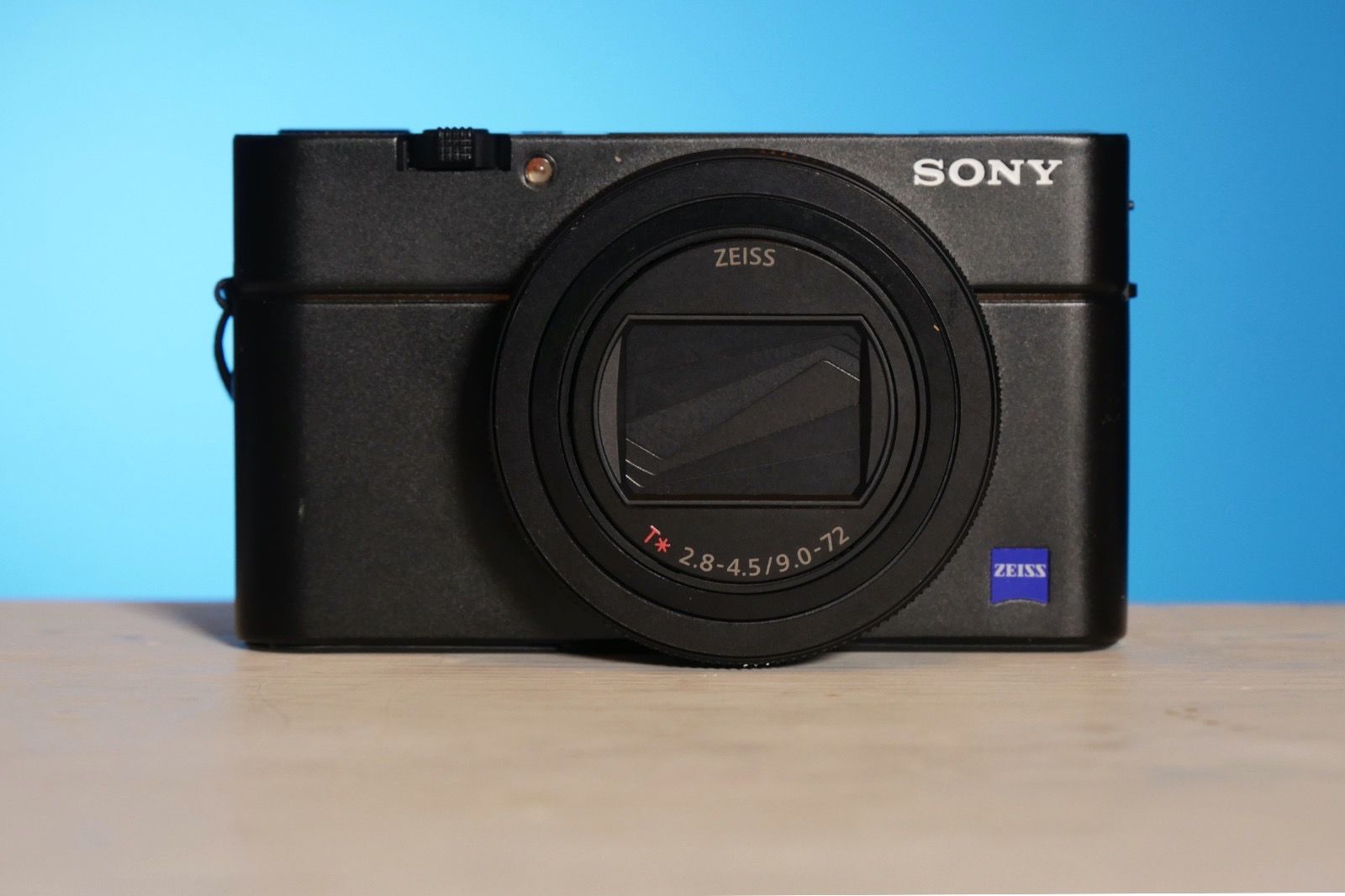
Sony RX100 VII
Editor’s Choice
If you want the best possible images and video but don’t mind going a little bigger than a point-and-shoot, consider an ultra-compact mirrorless camera with a kit lens like the Nikon Z30. The Z30 costs less than the RX100 VII and produces better images from a larger sensor, while only being a little larger than the point-and-shoot category. To get up close, consider a compact zoom camera like the 16x zoom Panasonic FZ1000 II. If durability is paramount, try the OM System TG-7.
If video is more your jam, consider the excellent Sony ZV-1 II vlogging camera. Beginners can find super steady shots from the DJI Osmo Pocket 3, while the GoPro Hero 12 offers a lot of video features in a tiny $400 camera.
How we choose the best compact cameras
I’ve been reviewing cameras for more than ten years. The majority of the cameras on this list I have used myself, or another member of the Pocket-lint team has reviewed thoroughly. The cameras that I don’t have hands-on experience with, I’m at least familiar with the brand, the reputation, or even the predecessor.
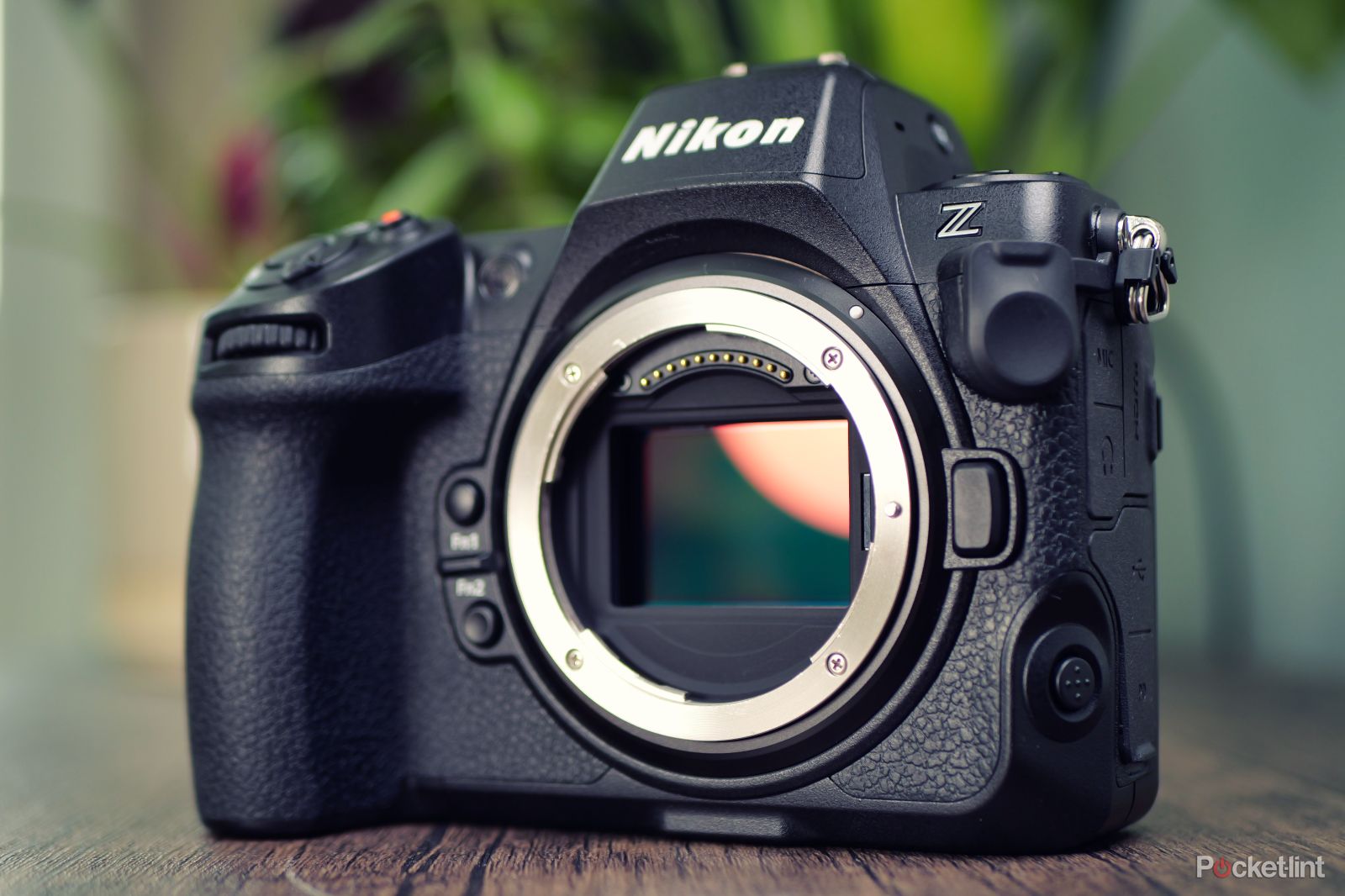
Best mirrorless cameras: Top models from Nikon, Canon, Sony, and more
If you’re looking for a camera that is both light and powerful, mirrorless is the way to go.
For the best compact cameras, we choose a range of small-bodied cameras that either deliver better images, better video, or a more durable build than a smartphone. A key consideration was sensor size, as a larger sensor almost always correlates with better image quality. Since many smartphone cameras lack optical zoom, lens reach was a key consideration as well. Finally, we consider compact cameras that are capable of heading underwater and surviving drops.
FAQ
Q: What will you be using your compact camera for?
Thinking about this should really help you narrow things down. If you love to shoot wildlife, then you’ll want a decently long zoom, but, if it’s mainly going to be used for group shots at parties, then you’ll care more about how wide it goes.
If you intend to use the camera for videos, then you might want to make sure it has a microphone input, as the built-in microphones aren’t always good enough for a polished video. Image stabilization is a massive factor for videos, too, especially with these tiny cameras, as their form factor makes them more prone to shakes.
Q: What’s the deal with one-inch sensors?
A few cameras on our list boast one-inch sensors, but what does that even mean? We won’t get into the nitty-gritty here, because all you really need to know is that a larger sensor gives you better low-light performance and allows for a shallower depth of field.
One-inch sensors have been making their way into smaller and smaller devices, and you’re even starting to see them in some phones. So, if you’re looking for your camera to be a step-up in terms of image quality, you’ll probably be looking for one-inch as a minimum.
Q: Is a compact camera right for you?
The clue about compact cameras is right in the name; they’re compact. Most people don’t want to lug around a heavy DSLR and a bag full of lenses, so compacts offer a great alternative with a wide range of focal lengths built right in.
If you’re a keen smartphone shooter, a compact camera can give you real bokeh, as opposed to the AI-driven portrait modes that so often chop into your subject’s hair or body. The zoom range will be welcomed, as well, if you have ever tried to take a picture of some wildlife with your phone.
More experienced photographers often like compacts as they are a lot more discreet. This allows them to get candid shots and maybe even shoot photos in areas that don’t allow for more professional-looking equipment. If you’re new to photography but are thinking of getting into it more seriously, you might eventually find yourself feeling a bit limited without interchangeable lenses — so you might want to take a look at some of our other camera buyer’s guides, too.
Trending Products

Cooler Master MasterBox Q300L Micro-ATX Tower with Magnetic Design Dust Filter, Transparent Acrylic Side Panel…

ASUS TUF Gaming GT301 ZAKU II Edition ATX mid-Tower Compact case with Tempered Glass Side Panel, Honeycomb Front Panel…

ASUS TUF Gaming GT501 Mid-Tower Computer Case for up to EATX Motherboards with USB 3.0 Front Panel Cases GT501/GRY/WITH…

be quiet! Pure Base 500DX Black, Mid Tower ATX case, ARGB, 3 pre-installed Pure Wings 2, BGW37, tempered glass window

ASUS ROG Strix Helios GX601 White Edition RGB Mid-Tower Computer Case for ATX/EATX Motherboards with tempered glass…










